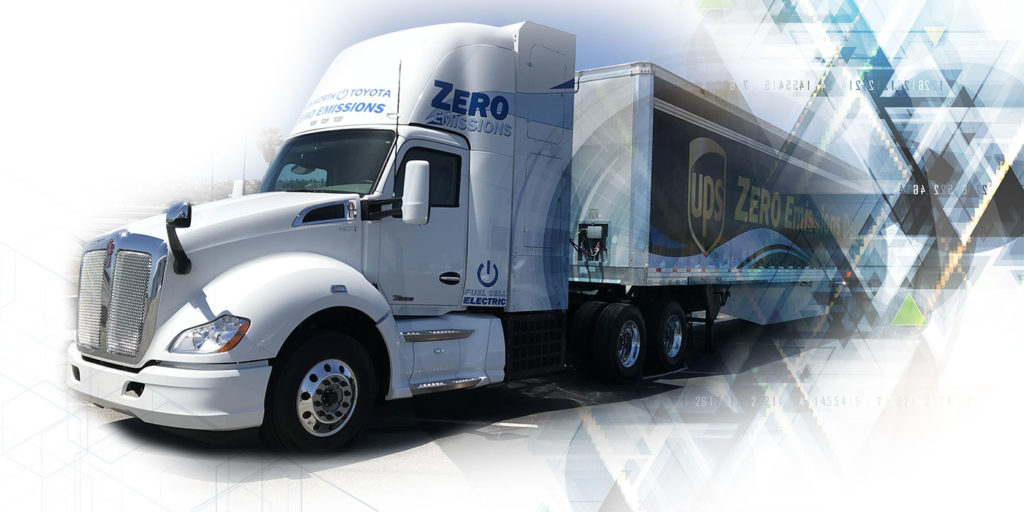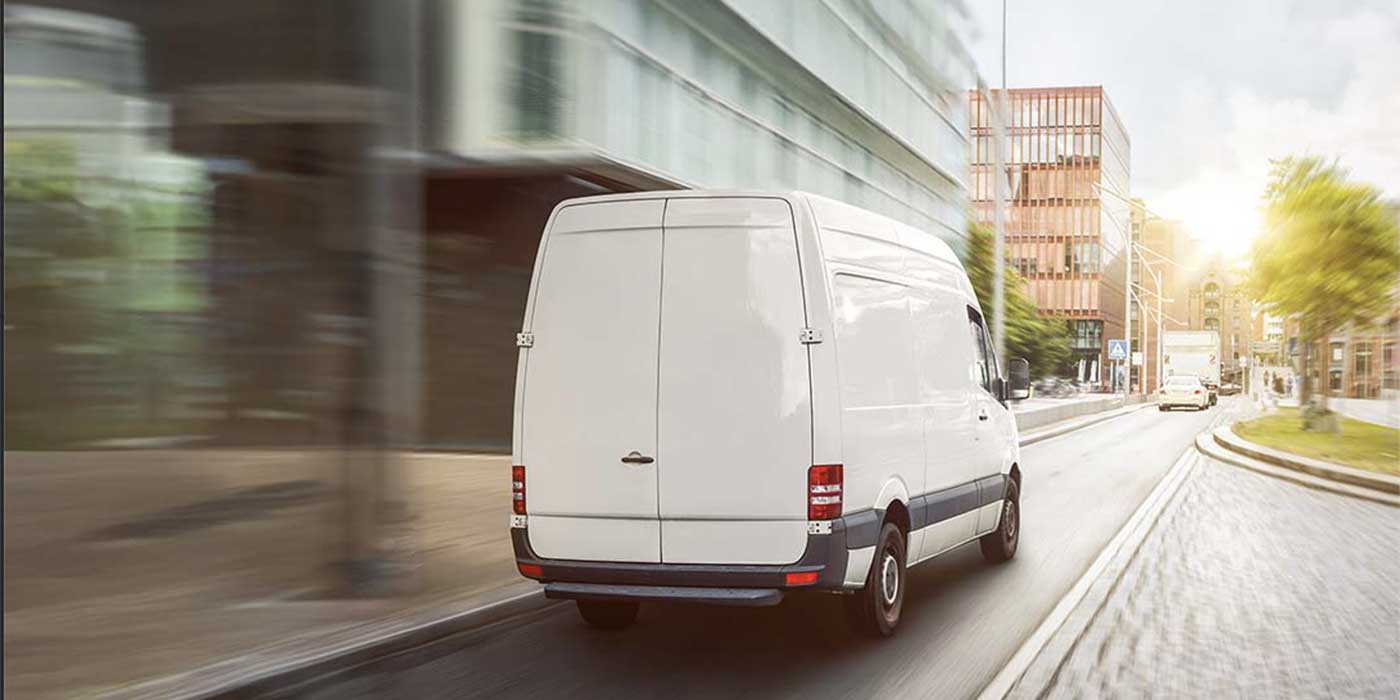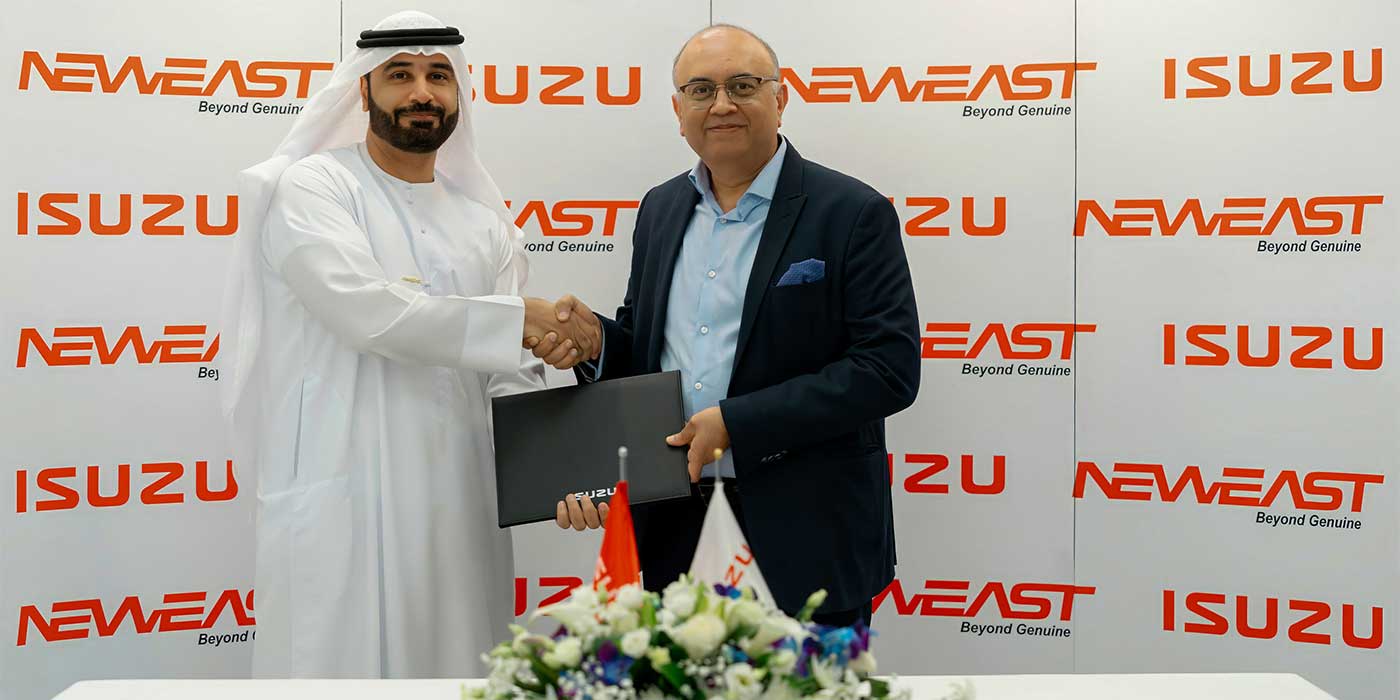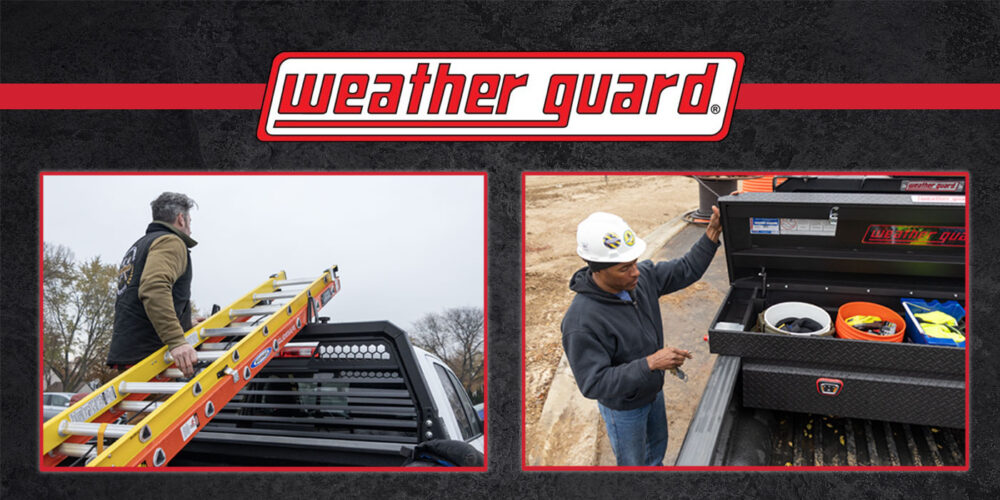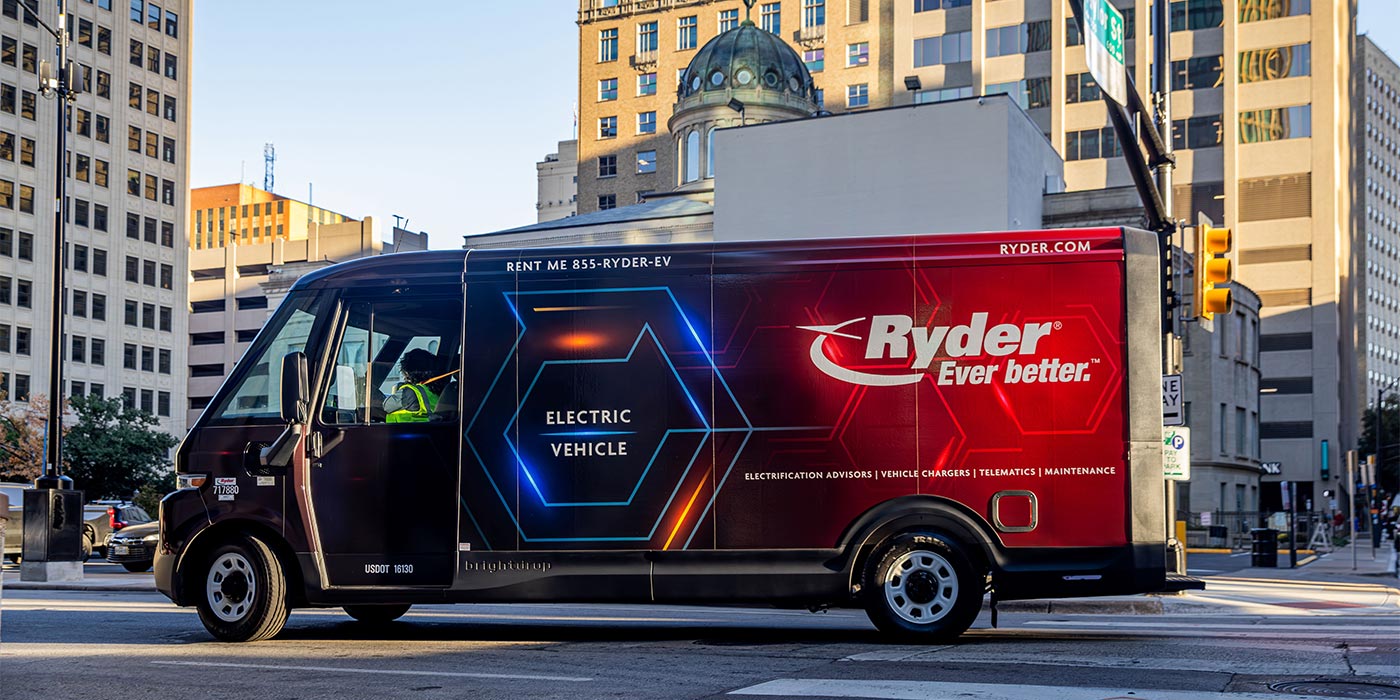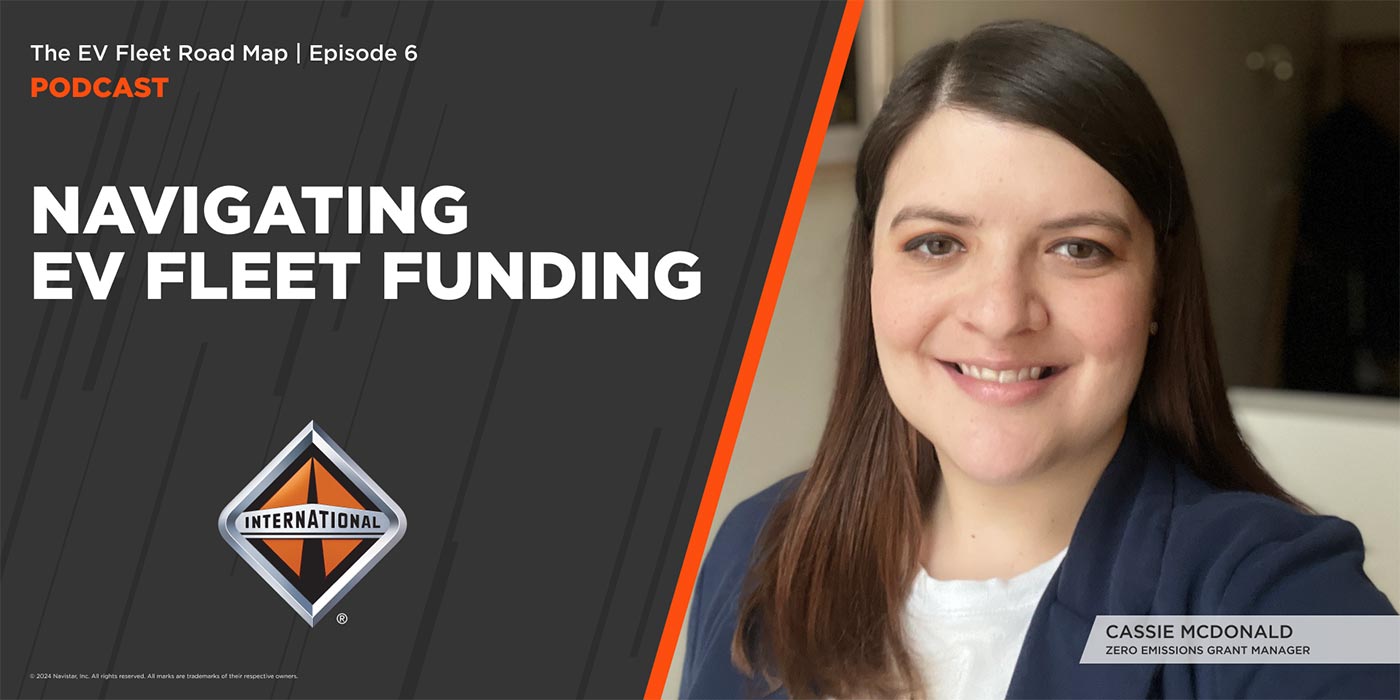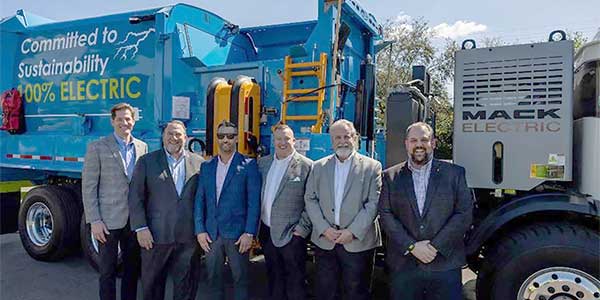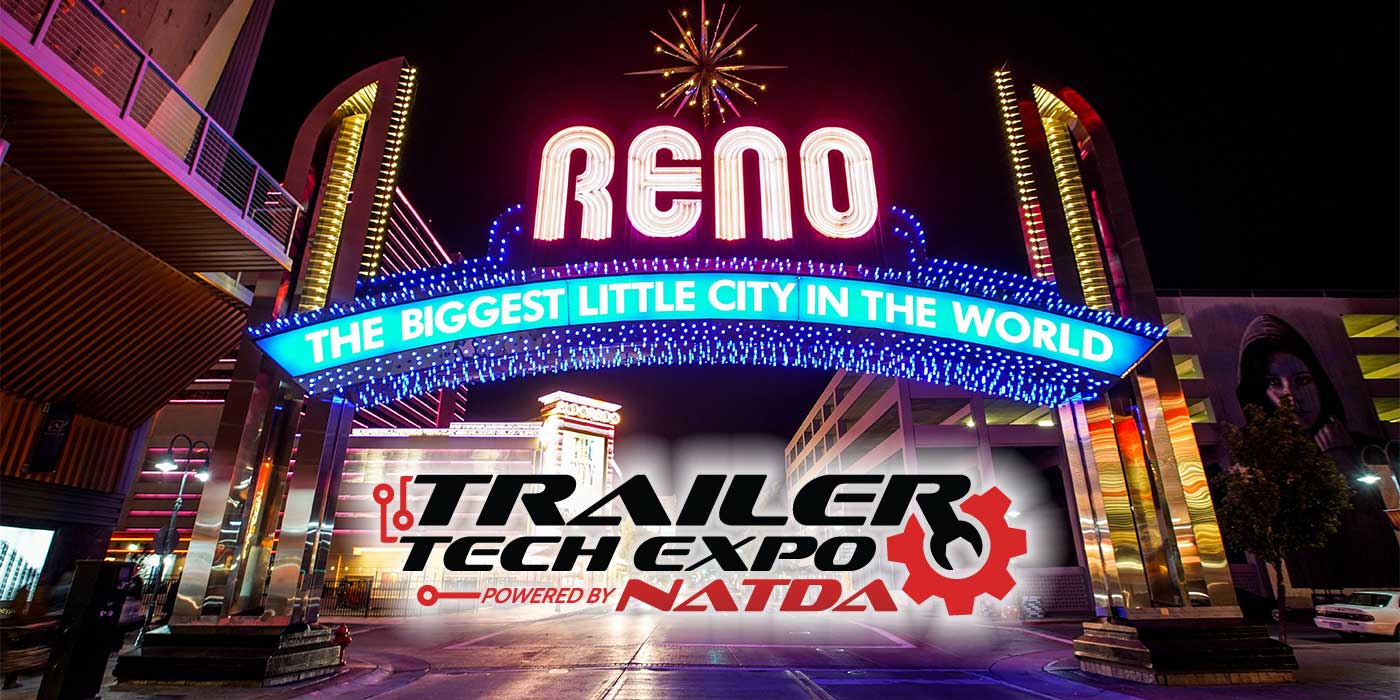If you’ve been following electric truck development news over the last few years, you likely heard that Kenworth was focusing its efforts on hydrogen fuel cell trucks, rather than battery electric power. So it may have come as a surprise in early September when Kenworth announced the availability of the battery electric K270E and K370E medium-duty trucks, which are available for order now. The company also recently announced a Class 8 electric model T680E, also available for order.
You can hear more about those trucks in a recent interview on FE’s Fleet Future podcast; but today, let’s talk about hydrogen, because the availability of these battery electric trucks has not slowed Kenworth’s hydrogen progress. Kenworth has multiple fuel cell trucks that are being tested now in California: one T680 using a fuel cell developed by Ballard Power, and another set of 10 T680s whose fuel cell was made by Toyota, as part of a $41 million Zero and Near-Zero Emissions Freight Facilities (ZANZEFF) grant awarded by the California Air Resources Board (CARB).
Brian Lindgren, research and development director at Kenworth, filled FE in on the progress of the fuel cell trucks, and how he sees things shaking out in the future as battery electric and fuel cell trucks both progress toward widespread commercial readiness.
FE: How are things progressing with the fuel cell trucks that are being tested now?
Brian Lindgren: It’s going well. We have two different designs out there. We have our Ballard fuel cell truck that’s down at TTSI at the port of Los Angeles. It’s hauling containers close to the port in daily service. So it’s working pretty well. We occasionally have an issue with it, but we’re able to keep it running pretty much daily in service. It runs in short-haul applications, but longer freeway runs don’t work as well for that. And we knew that going in, but for what it’s trying to do, it’s doing very well.
For our project where Kenworth is collaborating with Toyota, we have five of the 10 trucks built. We’re running most of those currently in test. We have run a couple in short hauls down and in the LA area for Toyota Logistics Services and we’re continuing to develop those. We’re building the second five and those should all be out and hauling containers in commercial service by the end of the year. We’ve got the customers lined up in addition to Toyota Logistics Services. TTSI, again, near the Port of Los Angeles is one of the customers, UPS will be running a couple of them and then Southern Counties Express also will be running one of them.
For a limited period of time, the trucks will be quite busy in their schedule. We’ll have them running freight for those companies, gathering good data on how they work in their service. We’re looking forward to getting that data and finding out how well the trucks work.
FE: What has to happen before hydrogen fuel cell vehicles can become more widespread? I imagine a lot of it involves building out the fueling infrastructure, which probably involves government grants to help get things off the ground.
Lindgren: Building out the fueling infrastructure is going to take some time.
Fuel stations are rather expensive, but there’s a great interest among Shell and Chevron and some of the other fuel providers, especially in California.I think what we’ll see is some strategically located stations—near the Ports of L.A. and Long Beach makes sense, something out in the Ontario/Fontana area makes sense. Then as more hydrogen trucks start to use that fuel, we’ll see it grow from there.
There’s a lot of expense early on and so it will require some incentives. Incentives to us as a manufacturer and incentives to the fuel providers to help put in their stations are certainly a help. Before too long, it’s going to roll to the next phase where we’ll need incentives to the buyer to purchase these trucks, and perhaps even to support the fuel for a little bit, to make it economically justifiable to the end user.
FE: What can you tell us about fuel cell powered trucks, battery electric trucks and where both fit into the future trucking landscape?
Lindgren: I see both battery electric and fuel cell electric being viable within the trucking industry for different areas. If it’s an application that runs up to 100 miles a day on one shift, battery electric makes a whole lot of sense. But if you’re going on longer hauls, regional haul to longer haul, then the batteries take up a lot of space on the truck, and there’s a lot of weight to it as well.
To have enough battery to go 300 to 350 miles a day is going to take probably 20,000 lbs. of batteries, and that takes a big bite of the payload that the truck can haul. It’s probably one-third of the current payload that would get eaten up just in battery weight.
So there are some applications where that could work and still pay, but a lot of the truckers will say ‘I need to be able to plan on hauling at least 50,000 lbs. per trip on any given trip.’ Not that they will haul that on every trip, but on any given trip they might need to. So, having a big battery that eats away into their payload capacity would be a challenge for them.
With hydrogen, the amount of weight that you have on the truck to go 300 to 350 miles is more like 3,000 to 4,000 lbs. more than the equivalent diesel truck instead of the additional 20,000 lbs. more than the equivalent diesel truck.
Another issue is the time involved to replenish that energy.
With the diesel truck today, if you’re driving 350 miles a day, and you put 60 to 70 gallons in, that doesn’t take very long at all. We’re talking about five minutes to fuel up the truck.
The hydrogen truck, to replenish that amount of energy—probably 50 to 60 kilograms of hydrogen—will take maybe 15 minutes. So, that’s really not a big impact on the driver’s day.
To put a megawatt hour of energy into batteries with a 150 kilowatt rate charger is going to take about six hours.There are some that are now coming out at 250 kilowatts charge rate. So you’ll get it down to four hours, but that’s still a big chunk. If you’re trying to run two shifts, it’s going to be difficult.
That’s another reason why I see hydrogen as being preferred for the longer haul applications where you want to run two shifts.

